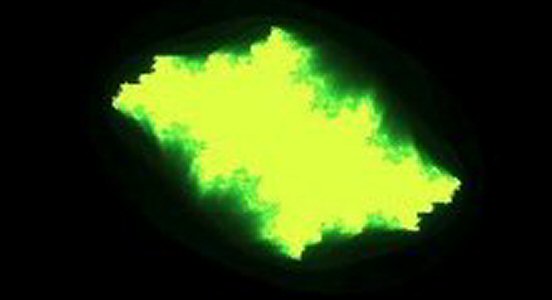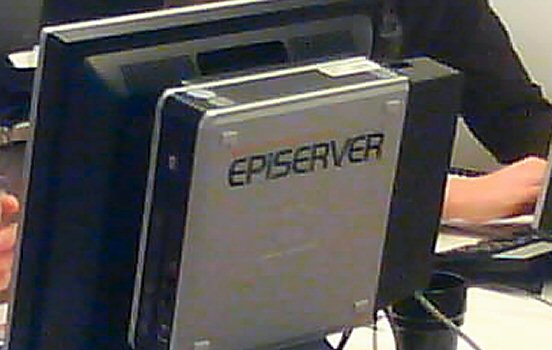
Farewell to the guys from Rolla
Do you remember a decade-old site called 4 Guys From Rolla? I used to visit it a lot in the early days of ASP.NET.
Found 23 hits, currently showing 1-10.

Do you remember a decade-old site called 4 Guys From Rolla? I used to visit it a lot in the early days of ASP.NET.

The mathematician Benoit Mandelbrot died today of pancreatic cancer at the age of 85, but most people probably don’t have a clue who he was.

The new version of ASP.NET will take care of an old problem, which is the id mangling of server controls. In short, your carefully named id could be rewritten into something like “ctl00_MainContent_” before rendered to the client.

Ten years ago it was quite common to see gradients and reflections on the web. This was all pre-made in an image editor or done with CSS-repeating images, but today it’s possible to achieve the same result using CSS3.

Almost a year ago I noticed that two of my favorite coding bloggers, Jeff Atwood and Joel Spolsky, were founding a company together with the amusing name Stack Overflow. Their aim was to create a site with useful information for fellow coders, generated by user content.

One of the new features in EPiServer R2 version is the relocation of system folders. In previous versions they were stored in the same folder as the other site related files, but now they seem to be installed in Program Files by the new Installation Manager.

JavaScript has experienced a revival during the last years. While some of it is due to the hyped Ajax technique, another important factor is the emergence of competent, lightweight framework libraries.

ASP.NET has been taking a lot of hard words since the beginning. Many of the complaints are well deserved, but there are some ways to make things slightly better.

Today it was revealed that Microsoft will release the source code to parts of the .NET Framework. It will likely occur during the shipment of VS2008 and .NET Framework 3.5.

The MIX conference is currently held in Las Vegas, just as last year. The reports are pouring in and most of them are containing the word “Silverlight” in one way or another.